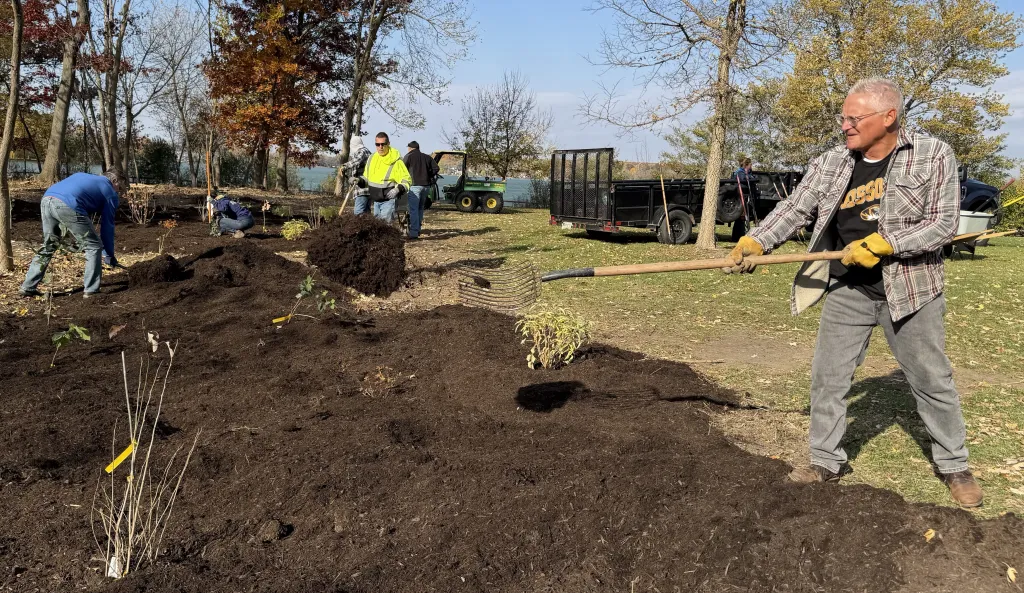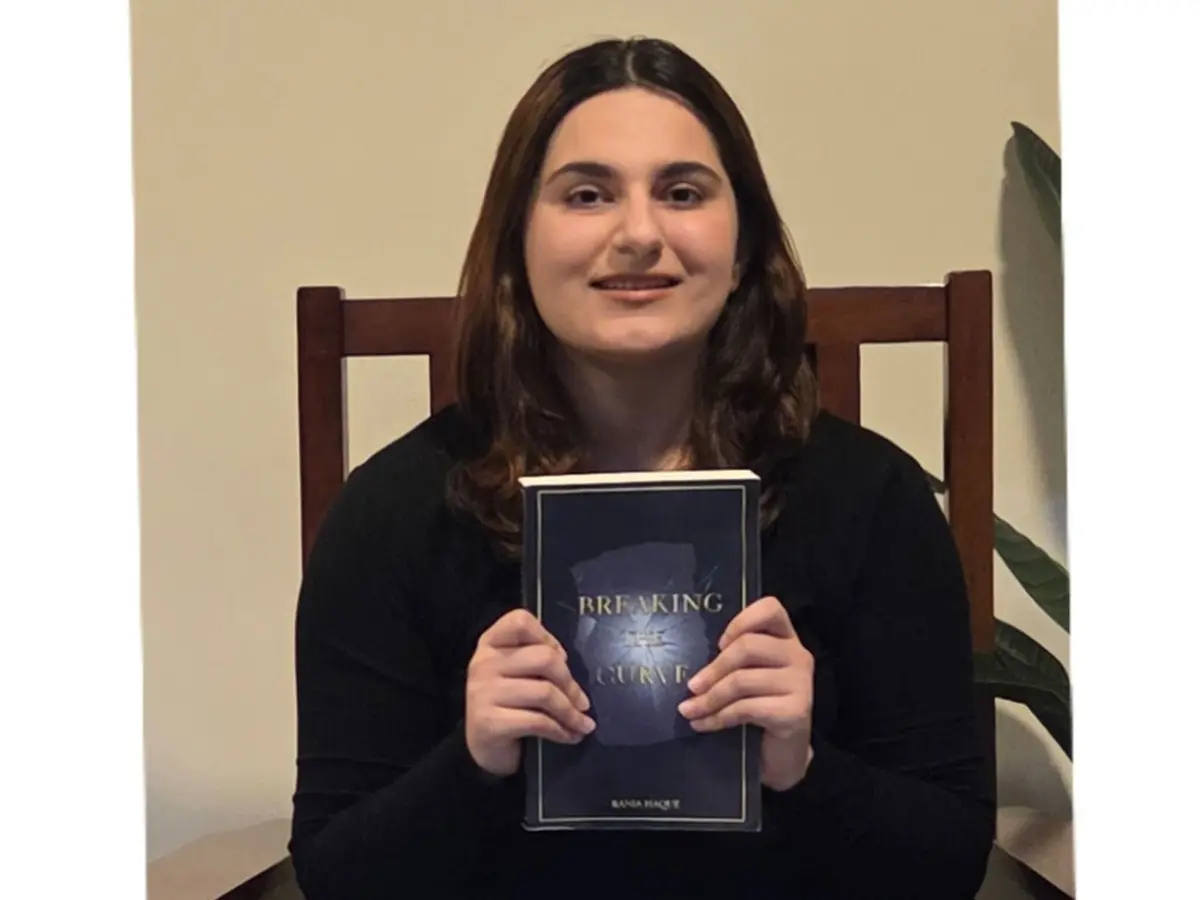Copyright Chicago Tribune

A group of people was briefly joined by an adult bald eagle during a community planting event last week. For a while, the bird circled the sky above Long Lake Park in Round Lake Beach as the delighted volunteers and staff from the Round Lake Area Park District worked on the ground, digging holes and planting native trees and shrubs for what is to become a birdscape. “We have a family of bald eagles that nest near here,” said Ane Olivares, the Park District’s superintendent of parks. Soon, the eagles will be joined by other varieties of birds and wildlife, as those native species create a habitat welcoming owls, pollinators, insects and critters, such as chipmunks, squirrels and snakes. The Park District’s birdscape project has been made possible by a $2,500 grant from the Lake County Audubon Society. It allowed for the purchase of the native plants, bushes, flowers and trees — 70 in all. Park officials began clearing the space two weeks earlier, removing invasives, such as buckthorn and honeysuckle. Long Lake Park, at 1030 N. Village Drive, was chosen for its characteristics. There is no playground or parking lot. The birdscape space takes up almost one of the park’s 69 acres and is near a lake. “It’s a passive park,” Olivares said. “It’s mostly used for walking, picnics and fishing.” Mark Weber of Round Lake Beach often walks his two dogs through the trail near the birdscape. He said he’s looking forward to watching it grow. He was one of seven volunteers who helped plant the elderberry, witch hazel, prairie rose, white and red oak trees, and more. “We’re so excited they’re doing this,” Lisa Draper of Waukegan said. Draper is a Lake County Audubon Society board member, but was there with the planting party as a volunteer. And as a bird-watcher, she quickly added the eagle that was spotted to her virtual list on an app on her phone. She said the bird population is dwindling, and every little bit helps. Published in the Science journal in 2019, a landmark study revealed there has been a net loss of 2.9 billion breeding adult birds in the United States and Canada since 1970; roughly one in every four birds. And a 2025 U.S. State of the Birds report produced by a coalition of leading science and conservation organizations, reveals continued widespread declines in American bird populations across all mainland and marine habitats. The study said the causes include loss of habitat due to human activities, predators, pesticides, climate change and invasive species. Draper said she’s impressed by the Park District’s conservation efforts. “They’re planting everything that birds love,” she said. “These plants specifically are bird-friendly, and they’ll provide habitat, cover from predators and food in the berries and insects that grow and will live there.” After the planting ended, Olivares thanked the volunteers and the Audubon Society for their support. She said working with them on the grant application was an easy process, and she hopes to continue to partner with them in the future.



